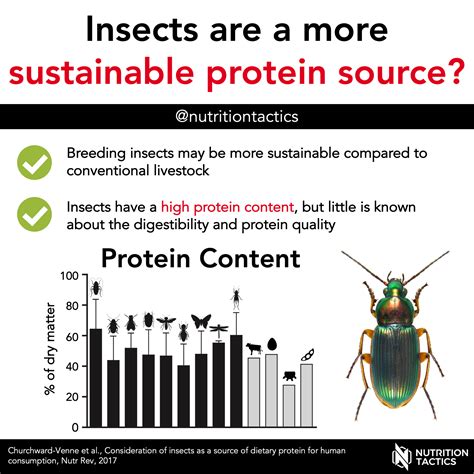Introduction
The burgeoning aquaculture industry faces a pressing challenge in meeting the increasing global demand for seafood while maintaining environmental sustainability. Insect protein emerges as a promising solution, offering several compelling benefits for aquaculture practices.

Advantages of Insect Protein in Aquaculture
1. Nutritional Value:
- Insect protein is highly nutritious, containing essential amino acids, lipids, and minerals.
- It is comparable to fishmeal in nutritional quality, making it an ideal substitute for traditional protein sources.
2. Environmental Sustainability:
- Insect farming requires significantly less land, water, and feed than conventional livestock production.
- It reduces greenhouse gas emissions and produces fewer pollutants.
3. Cost-Effectiveness:
- Insect protein production is relatively inexpensive compared to fishmeal.
- This can significantly reduce feed costs, an important factor in aquaculture profitability.
4. Disease Resistance:
- Insects possess a robust immune system, reducing the risk of disease transmission to farmed fish.
- They can tolerate extreme temperatures and environments, ensuring a reliable source of protein.
5. Sustainable Sourcing:
- Insects can be reared on organic waste streams, such as food scraps and manure.
- This promotes a circular economy and reduces the strain on natural resources.
Insect Protein in Aquaculture Applications
1. Feed for Larval Fish:
- Insect protein is a suitable replacement for fishmeal in larval fish diets.
- Its small size and high digestibility make it ideal for young fish with sensitive digestive systems.
2. Feed for Grow-Out Fish:
- Insect protein can partially or fully replace fishmeal in grow-out fish diets.
- It provides essential nutrients and supports optimal growth and health.
3. Feed for Ornamental Fish:
- Insect protein is gaining popularity in ornamental fish diets due to its nutritional value and color-enhancing properties.
- It can enhance the vibrance of fish coloration.
4. Novel Protein Blends:
- Insect protein can be blended with other protein sources, such as plant-based proteins, to create cost-effective and nutritious feed formulations.
- This approach can reduce reliance on single sources and improve feed efficiency.
Challenges and Future Prospects
Challenges:
- Scalability: The production of insect protein at a large scale remains a challenge.
- Regulatory Framework: Regulations governing the use of insect protein in aquaculture vary globally, and harmonization is needed.
- Consumer Acceptance: Some consumers may have reservations about consuming insect-based products.
Future Prospects:
- Technological Advancements: Further research and development can improve insect rearing techniques and increase production efficiency.
- Regulatory Harmonization: International collaboration can lead to the development of standardized regulations for insect protein in aquaculture.
- Consumer Education: Targeted campaigns can inform consumers about the benefits and safety of insect protein, addressing misconceptions.
Conclusion
Insect protein presents a transformative solution for the aquaculture industry. Its nutritional value, environmental sustainability, and cost-effectiveness make it an attractive alternative to traditional protein sources. With continued advancements in production and regulatory frameworks, insect protein is poised to play a pivotal role in meeting the growing demand for sustainable aquaculture products in the years to come.





















